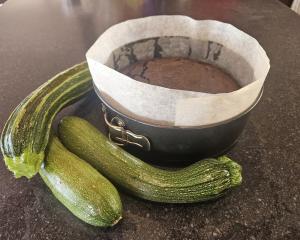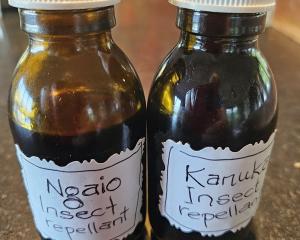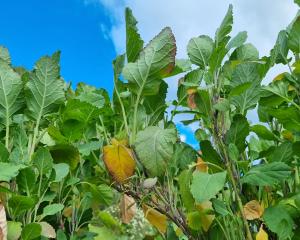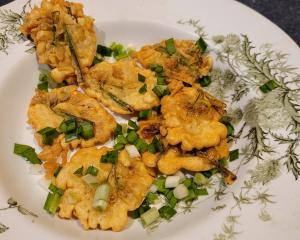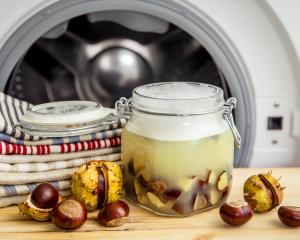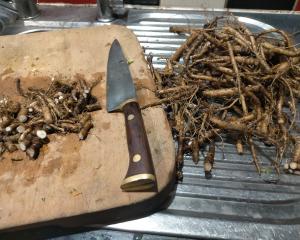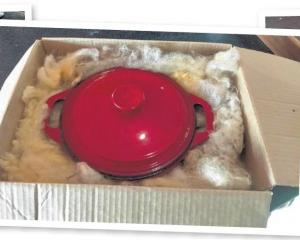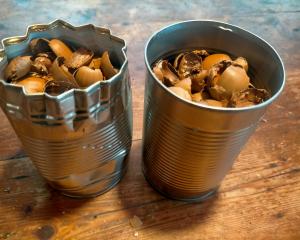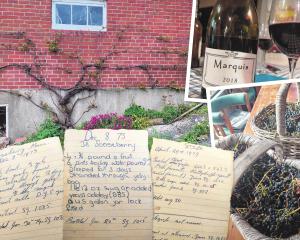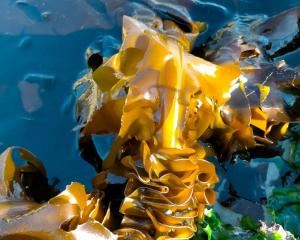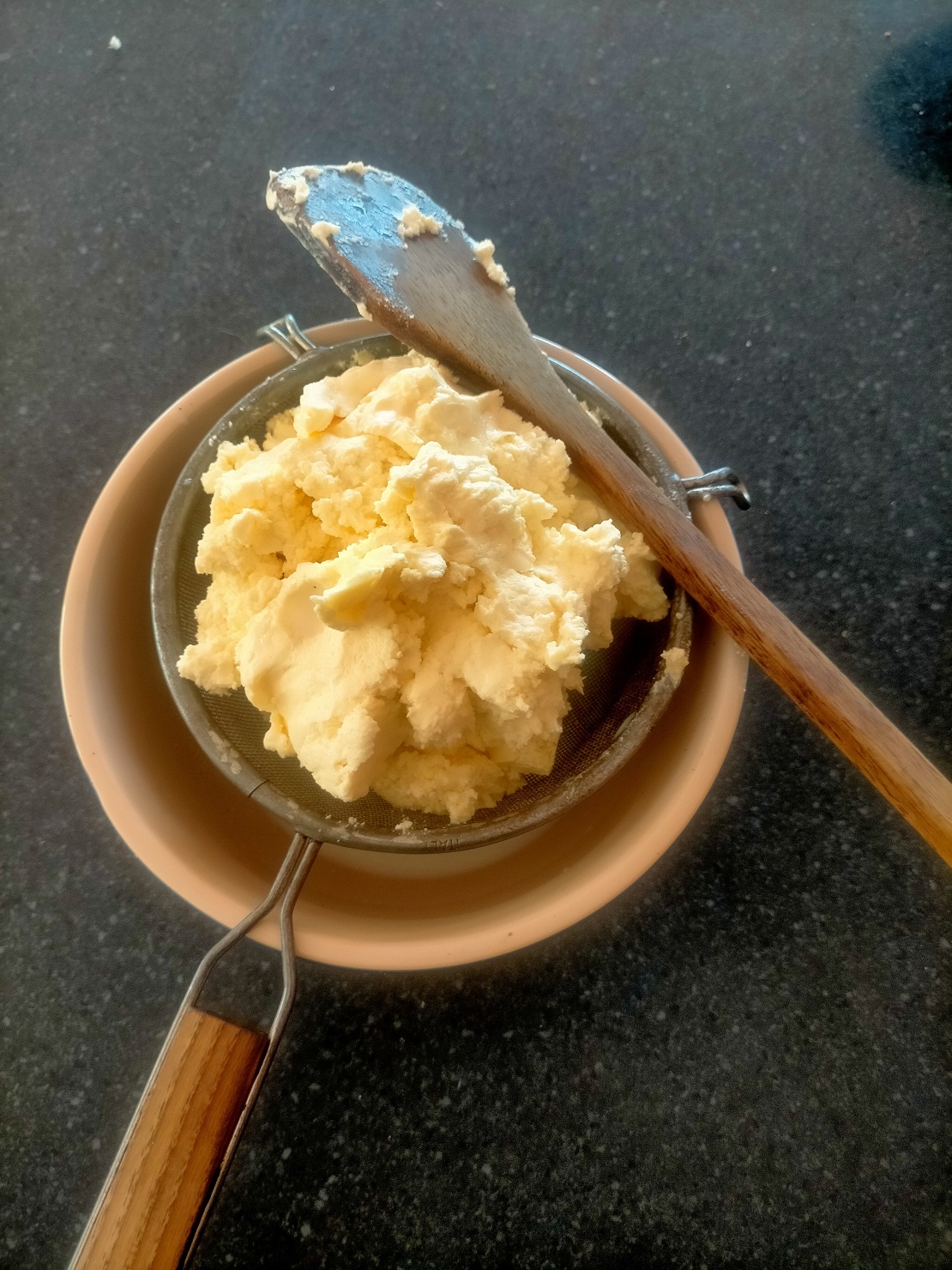

When you grow up with a lovely house cow called Strawberry you gain a passion for homemade dairy products. Strawberry would allow my sister and me to milk her directly into our mouths, for a quick drink when playing down in the cow paddock. Of course we had loads of homemade butter and cottage cheese. Our elderly neighbours, the Kinney family, made up of two brothers and two sisters who had never married, were world famous in Chatto Creek for their lovely butter and the pastries and scones they made from the milk provided by their house cow. Their scones were legendary — towering, moist, springy and delicious, with big dollops of cream and homemade jam. The secret was possibly the homemade butter, or their marble pastry table. Every rural home used to have a dairy that housed the day’s milk ready to be put through the wonderful and mysterious cream separator. I think it worked by centrifugal force. The lucky child who got to crank the handle could watch the milk swirl around in the separator faster and faster until the cream miraculously started to appear in the little bowl to one side. We had a wooden butter churn too, with another handle to fight over.
Butter is such a luxury now and, unless you happen to have a cow, it is not going to be cheap making it from bought cream either. There is one exception to this ... at Christmas time. Supermarkets often overstock on cream, and have to sell it off cheap when it is near its use-by date. So around New Year’s Day keep your eyes peeled for marked-down cream.
One litre of cream made me 472g, so you are going to want to buy the cream for less than $6. There is a bonus of some buttermilk to make pancakes, so it may be worth paying a little more.
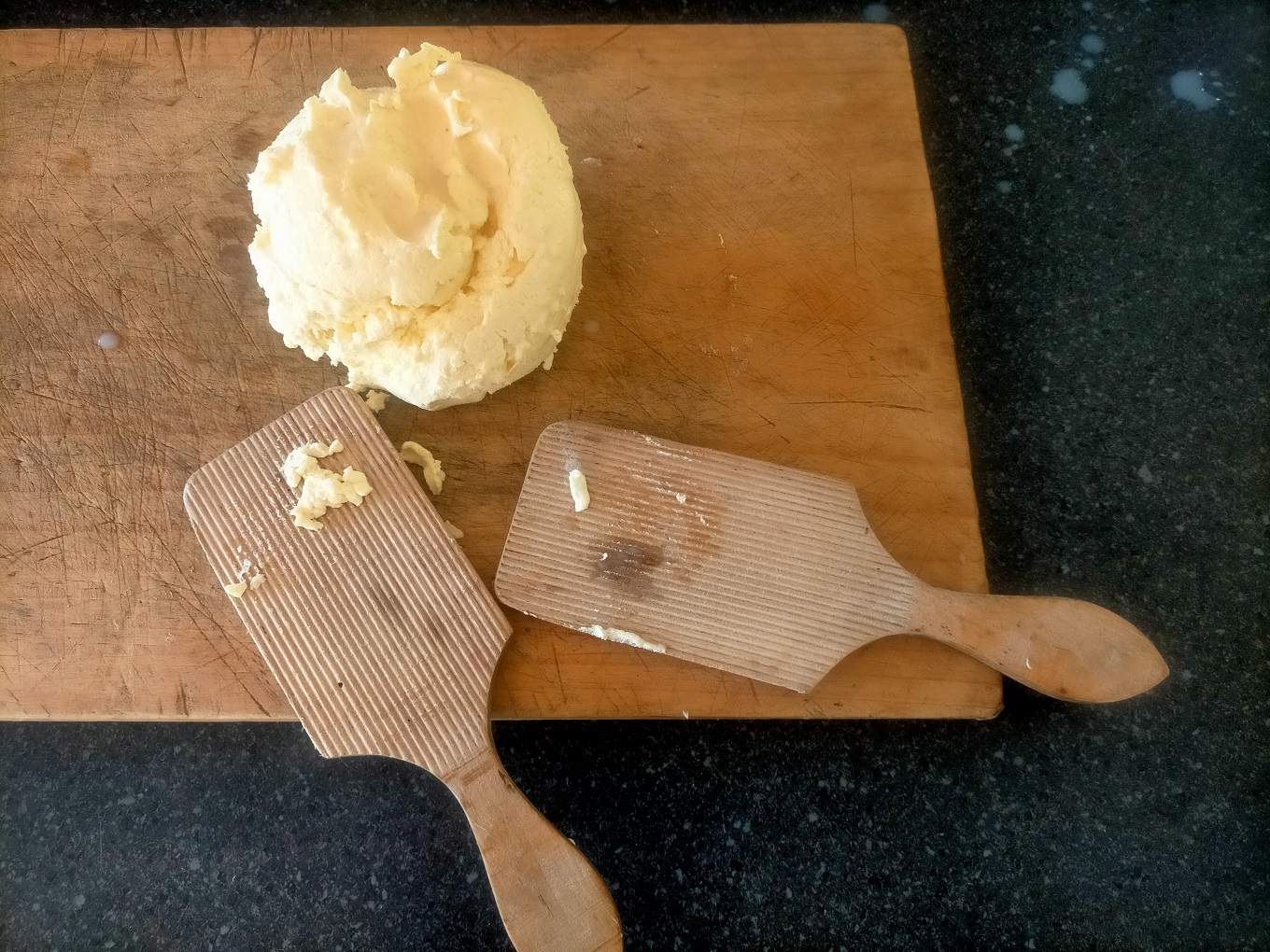
The optimum temperature for butter-making is around 15degC, which is easily attainable in a Dunedin summer. It will take between five and eight minutes for the cream to turn into solid little lumps and change colour to a pale yellow.
Let the butter stand for five minutes to allow the buttermilk to separate out. Line a colander or sieve with a clean piece of butter muslin (this is how this fabric got its name), place the sieve over a bowl to catch the liquid, tip the butter into it and let it stand for a bit then start kneading the butter with two wooden spoons.
I was lucky enough to inherit my great-grandmother’s butter pats, which are a pair of wooden paddles with grooves cut into them to make pretty patterns on the butter, and I assume to allow the buttermilk to escape.
You want to get all the buttermilk out of the butter and form the butter into a smooth texture.
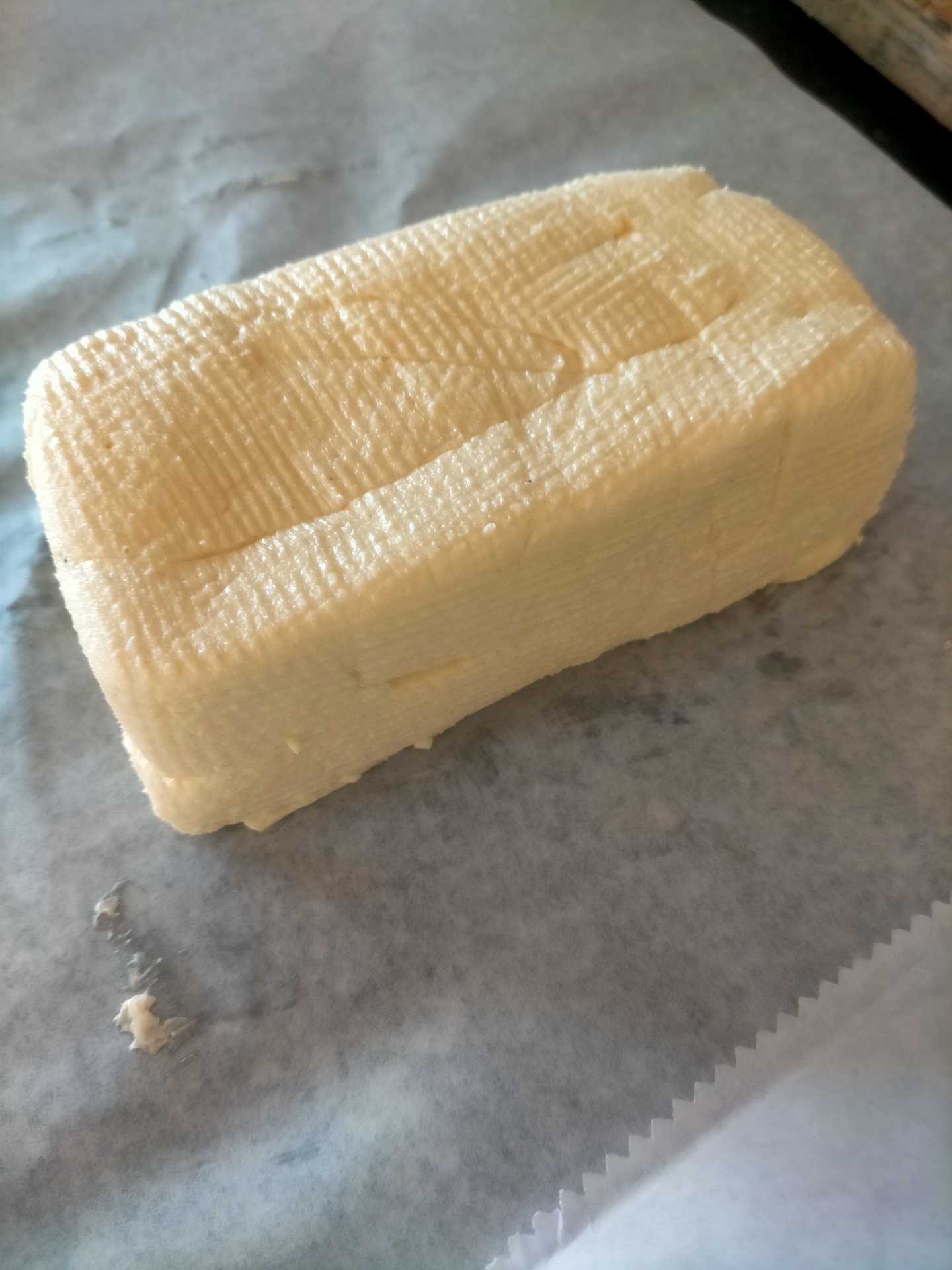
Form your butter into a shape then wrap with butter paper (baking parchment is what it is called these days).
Store the butter in the fridge. You can also freeze butter for up to nine months, which is handy to know if you happen to get your hands on a windfall of cream.
Good luck with the cream hunt.
Hilary Rowley is a frugal, foraging foodie from Waitati. Each week in this column, one of a panel of writers addresses issues of sustainability.

